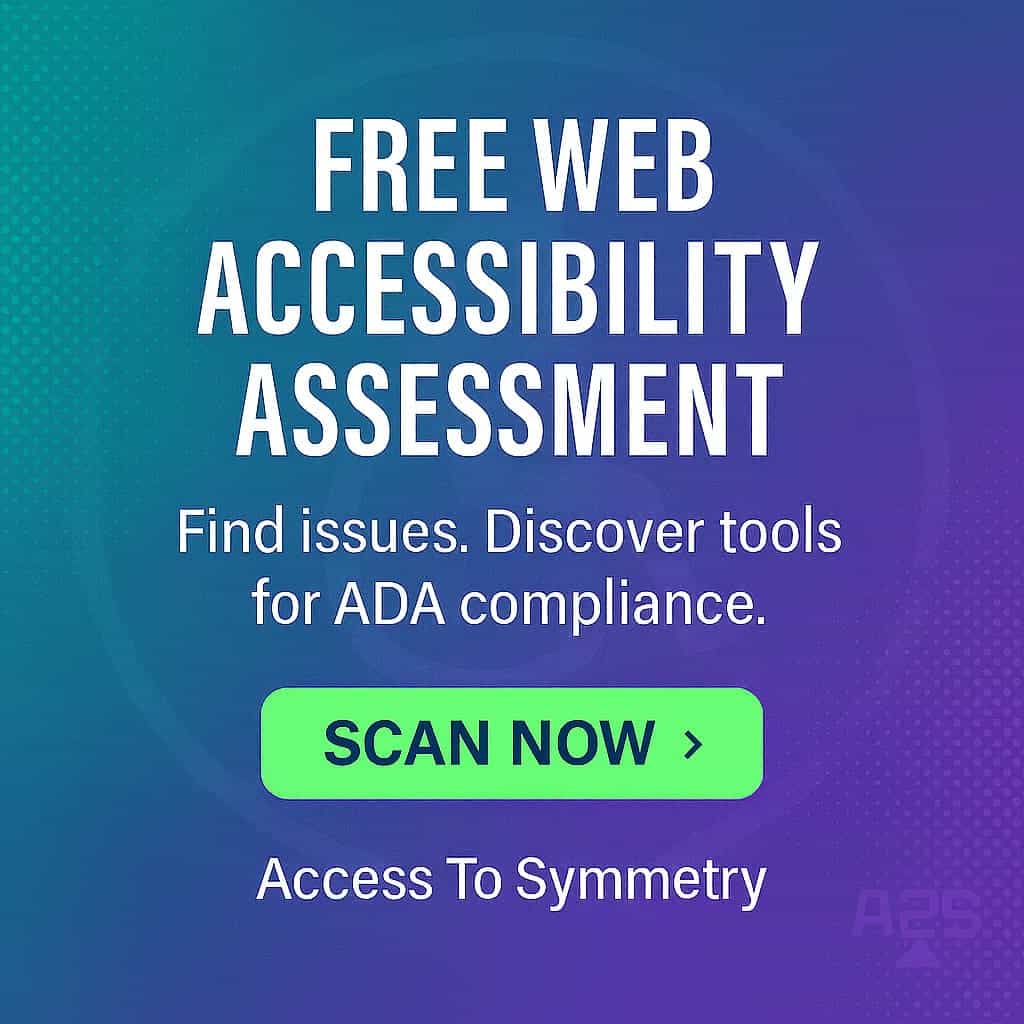
Welcome to the blog!
About Me
Hi, I’m Cara — a business consultant with a strong background in digital strategy, technology, and creative design. My work sits at the intersection of innovation and empathy, helping people and organizations create online experiences that are not only effective but inclusive.
My interest in accessibility began after a close friend of mine, Heather — who is blind — shared her experiences with me. She introduced me to tools like screen readers and opened my eyes to how people with different abilities navigate the web. Hearing about her daily challenges made me realize how much of the internet isn’t built with everyone in mind.
That experience inspired me to learn more about ADA compliance and accessible design. It changed how I think about technology and how I approach my work — with awareness, purpose, and a focus on inclusion.
Becoming Aware of the Gaps
Over time, I noticed that many people — not just designers — are unaware of accessibility issues simply because they’re not seeing the web through the same lens as those who rely on assistive technology. Often, websites are built through DIY platforms or quick projects, and while the intent is good, accessibility isn’t always considered.
That’s what inspired me to go deeper into this work. I wanted to help bridge that gap — between awareness and action — by giving people a clear way to measure and improve their websites.
I created a framework called CEWQI, short for Cara’s Extensive Web Quality Index. It’s a professional system I developed to scan and rate websites based on accessibility, performance, usability, and design quality. The goal is simple: to help people understand where their websites stand and how to make them more accessible and compliant.
Accessibility isn’t just about meeting standards; it’s about meeting people where they are. Whether you’re a business owner, developer, or creative, accessibility helps everyone — it’s the foundation of a web that truly works for all.
Cara Harpole, Web & Content Consultant | ADA-Compliant Design






